Andrew Stanton
XWalk: Random Walk Based Candidate Retrieval for Product Search
Jul 22, 2023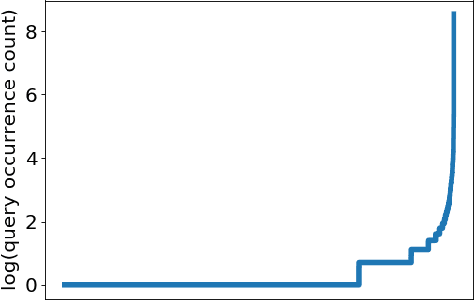

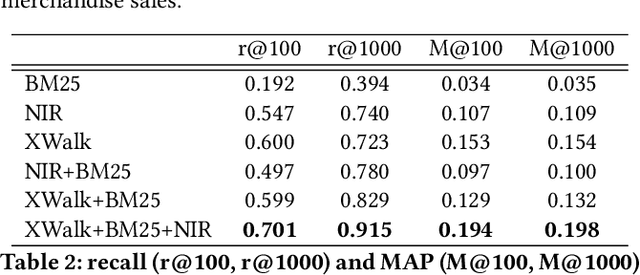
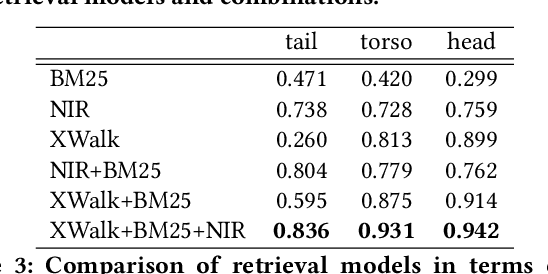
Abstract:In e-commerce, head queries account for the vast majority of gross merchandise sales and improvements to head queries are highly impactful to the business. While most supervised approaches to search perform better in head queries vs. tail queries, we propose a method that further improves head query performance dramatically. We propose XWalk, a random-walk based graph approach to candidate retrieval for product search that borrows from recommendation system techniques. XWalk is highly efficient to train and inference in a large-scale high traffic e-commerce setting, and shows substantial improvements in head query performance over state-of-the-art neural retreivers. Ensembling XWalk with a neural and/or lexical retriever combines the best of both worlds and the resulting retrieval system outperforms all other methods in both offline relevance-based evaluation and in online A/B tests.
Revenue, Relevance, Arbitrage and More: Joint Optimization Framework for Search Experiences in Two-Sided Marketplaces
May 15, 2019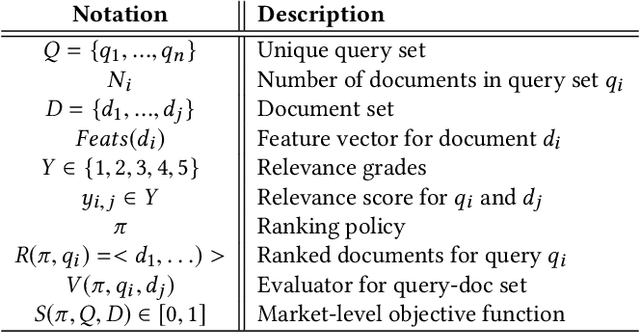
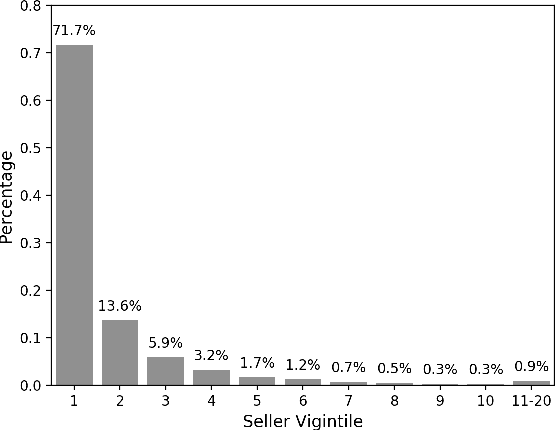
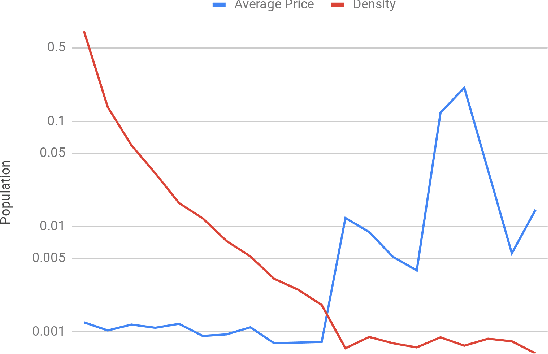
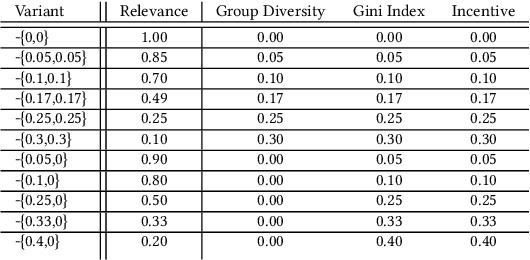
Abstract:Two-sided marketplaces such as eBay, Etsy and Taobao have two distinct groups of customers: buyers who use the platform to seek the most relevant and interesting item to purchase and sellers who view the same platform as a tool to reach out to their audience and grow their business. Additionally, platforms have their own objectives ranging from growing both buyer and seller user bases to revenue maximization. It is not difficult to see that it would be challenging to obtain a globally favorable outcome for all parties. Taking the search experience as an example, any interventions are likely to impact either buyers or sellers unfairly to course correct for a greater perceived need. In this paper, we address how a company-aligned search experience can be provided with competing business metrics that E-commerce companies typically tackle. As far as we know, this is a pioneering work to consider multiple different aspects of business indicators in two-sided marketplaces to optimize a search experience. We demonstrate that many problems are difficult or impossible to decompose down to credit assigned scores on individual documents, rendering traditional methods inadequate. Instead, we express market-level metrics as constraints and discuss to what degree multiple potentially conflicting metrics can be tuned to business needs. We further explore the use of policy learners in the form of Evolutionary Strategies to jointly optimize both group-level and market-level metrics simultaneously, side-stepping traditional cascading methods and manual interventions. We empirically evaluate the effectiveness of the proposed method on Etsy data and demonstrate its potential with insights.
Mining for Causal Relationships: A Data-Driven Study of the Islamic State
Aug 05, 2015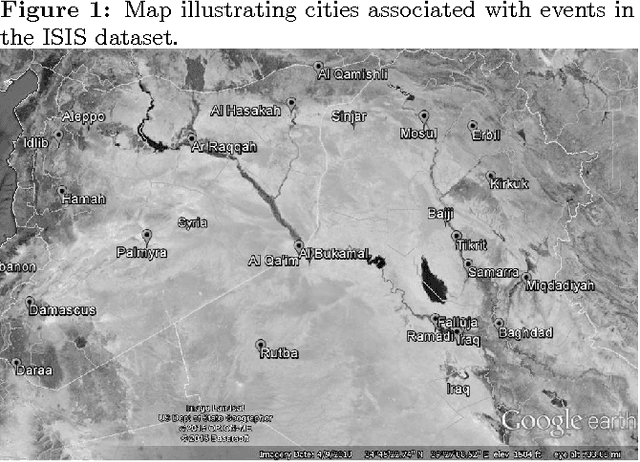
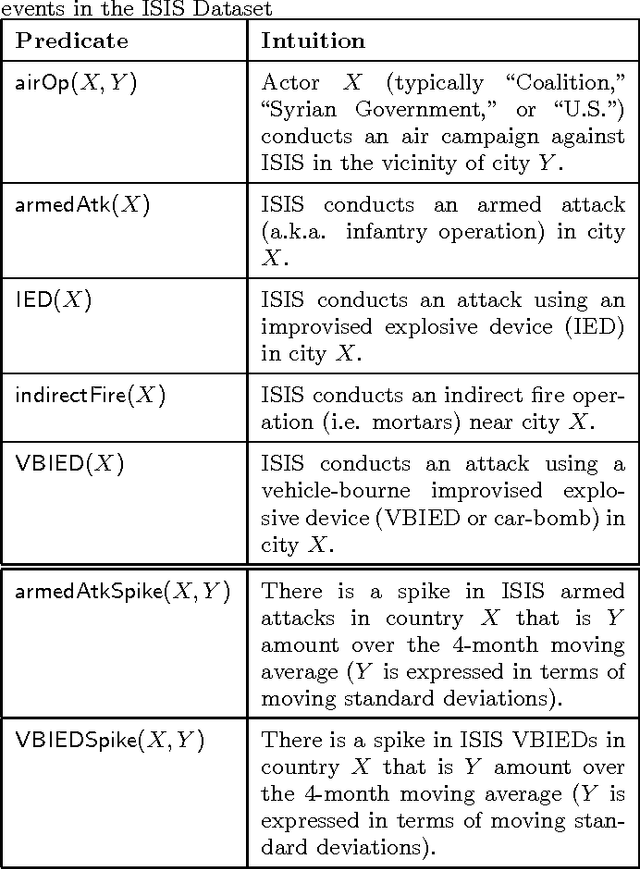
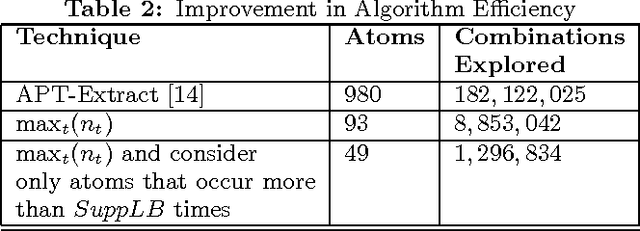
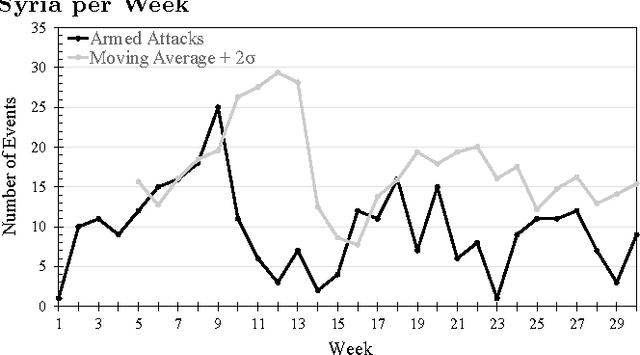
Abstract:The Islamic State of Iraq and al-Sham (ISIS) is a dominant insurgent group operating in Iraq and Syria that rose to prominence when it took over Mosul in June, 2014. In this paper, we present a data-driven approach to analyzing this group using a dataset consisting of 2200 incidents of military activity surrounding ISIS and the forces that oppose it (including Iraqi, Syrian, and the American-led coalition). We combine ideas from logic programming and causal reasoning to mine for association rules for which we present evidence of causality. We present relationships that link ISIS vehicle-bourne improvised explosive device (VBIED) activity in Syria with military operations in Iraq, coalition air strikes, and ISIS IED activity, as well as rules that may serve as indicators of spikes in indirect fire, suicide attacks, and arrests.
 Add to Chrome
Add to Chrome Add to Firefox
Add to Firefox Add to Edge
Add to Edge